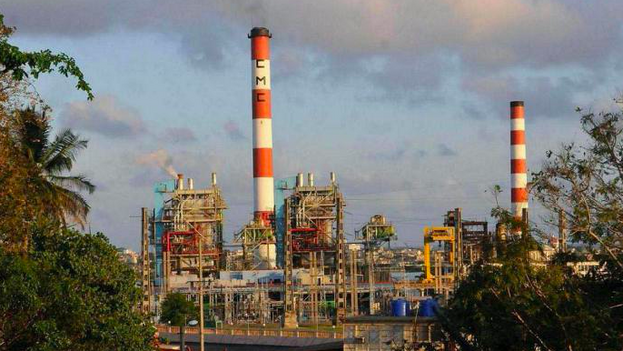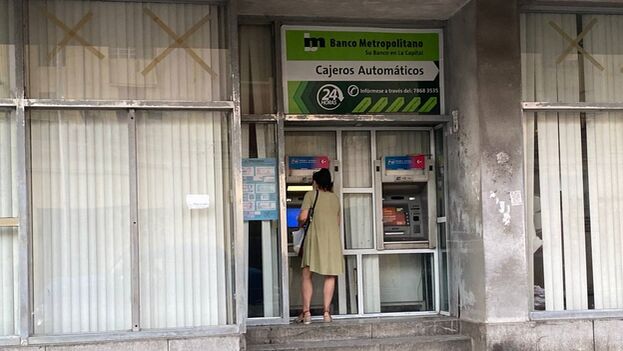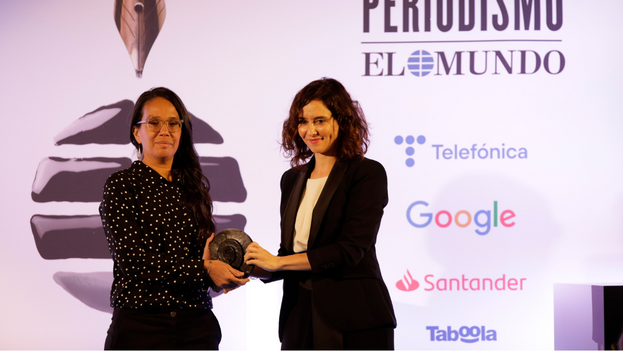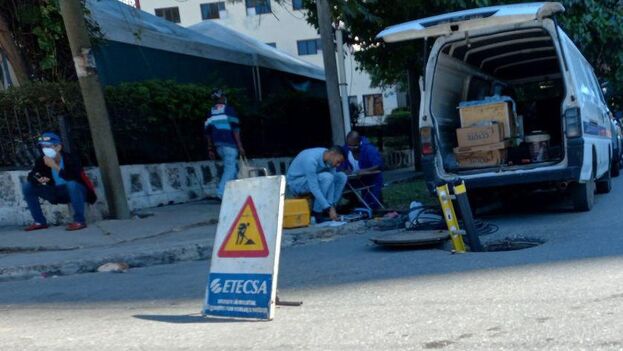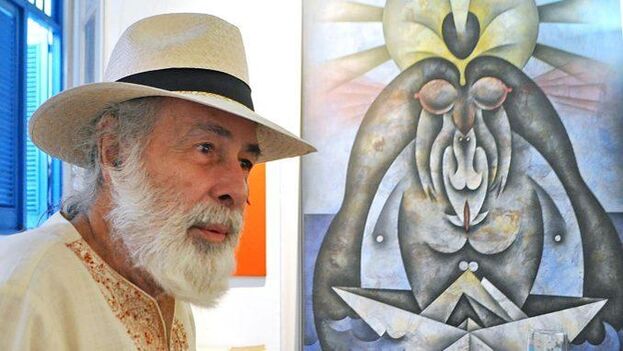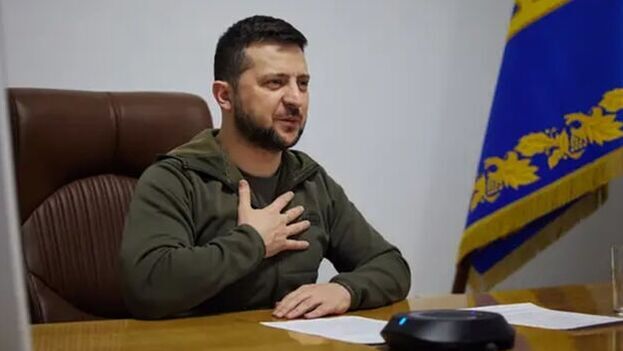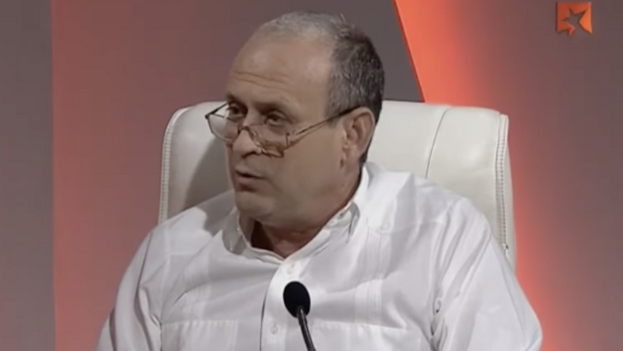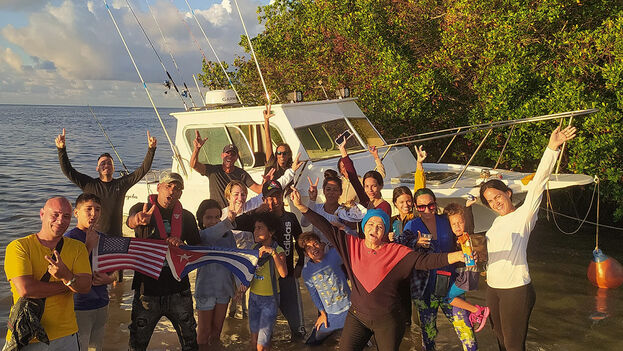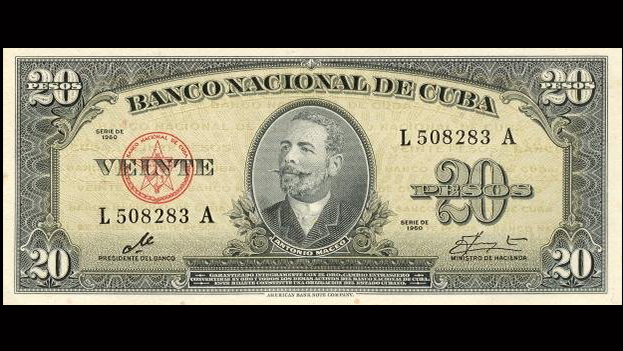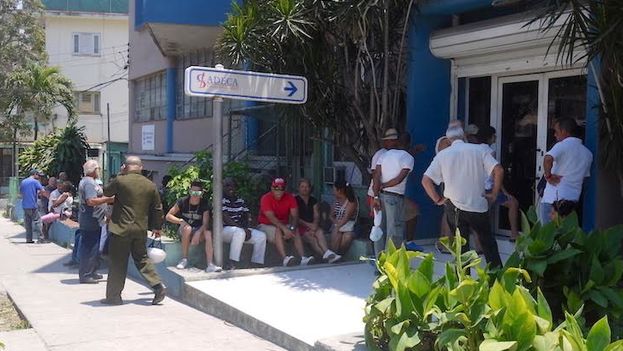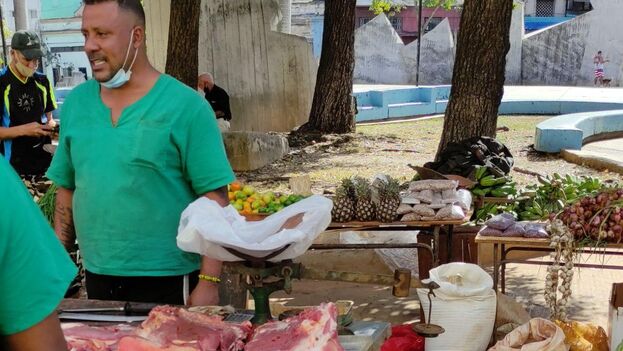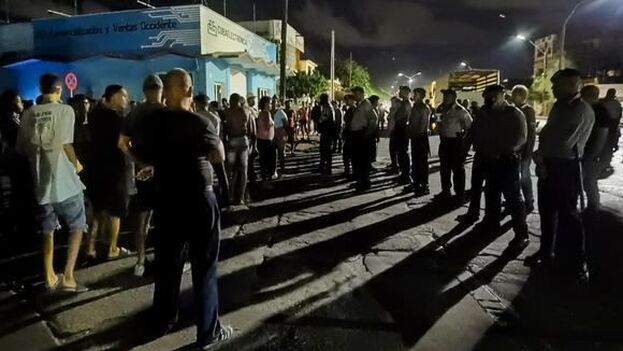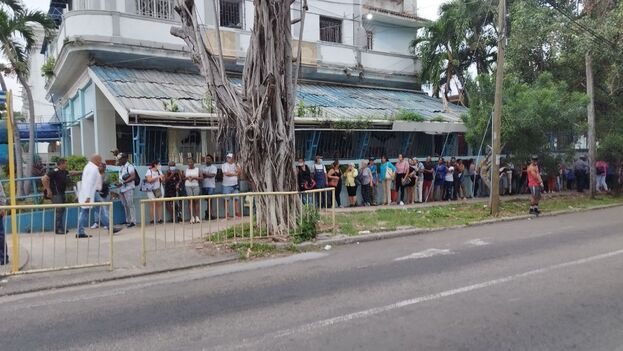
If a walk by the ATMs of Havana demonstrates the shortage of pesos in the country, a stroll by the Cadecas [currency exchanges] illustrates another lack: that of dollars.![]() 14ymedio, Juan Diego Rodríguez, Havana, 20 October 2022 — This Wednesday, in the Cadeca on Belascoaín, in Central Havana, only 10 people were served. Taking into account that, according to the official provisions in force since last August 22, each individual can get a maximum of 100 dollars a day, the branch sold only 1,000 dollars.
14ymedio, Juan Diego Rodríguez, Havana, 20 October 2022 — This Wednesday, in the Cadeca on Belascoaín, in Central Havana, only 10 people were served. Taking into account that, according to the official provisions in force since last August 22, each individual can get a maximum of 100 dollars a day, the branch sold only 1,000 dollars.
The Cadeca, located in the municipality with the maximum population density, cannot meet the demand: to date, the police officers in charge of “keeping order” in the line have a waiting list of 4,000 people. “In the next century maybe I can buy,” a young man said sadly this Thursday, as he walked away.
At the El Vedado Cadeca, located at 23rd street between J and L, the panorama is slightly more encouraging. Every day about 30 buyers manage to be served, which means a maximum sale of 3,000 dollars. However, more than two weeks ago there were 700 people on the list to enter, and this Wednesday, the number was 275.
“From what I see there are new faces, who don’t know how this works. I always start with the most important part: discipline.” The policeman in charge of the Cadeca on 23rd says, with his words denoting that day by day he usually attends to the same people, and takes pride in the good progress of that branch.
“Here there has to be order, citizen tranquillity, respect for the person. From here [the line] to there [the door] there will never be a lack of respect,” he continues. “From there to here it has to be the same. I say this because other citizens of other municipalities, such as Arroyo Naranjo or Diez de Octubre, come here imposing. Nothing is imposed here. I don’t impose on what we’re doing. Everything is working fine.”
The officer warns that “scams cannot happen here” and that citizens who come to “propose” one must be denounced. “I’m going for fourteen scams here to clarify,” he says, while assuring that those suspects “have disappeared,” and clarifies, referring to the Havana prisons: “in the best sense of the word, of course: Valle Grande, Combinado del Este….” Thus, he says that six people have been arrested. continue reading
The idea of aiming at 700, he says, occurred to him two Saturdays ago, when such a tumult was organized that the authorities had to close the street. “There have been 275 people. We have about 425 left. When am I going to write them up, that’s what interests you the most?” he asks in a pedagogical tone, to answer, diffusely: when the list stays at “100, 150, or 200 and up to 300.”
“Three hundred! That’s a fantasy,” replies a woman, laughing, who has been approaching the Cadeca for several days in a row, and the policeman reprimands her: “Discipline, compañera, discipline.”
The reason, the officer explains, is because he has to “juggle the availability of what the Cadeca compañeros have and what the compañeros of the Ministry, the Management, tell me to do.” Indeed, as indicated by the rules approved in August, each branch will only be able to sell the few currencies it bought from customers the day before.
Normally, they let between 30 and 40 people pass, but one day, suddenly, 60 people managed to enter, which caused many to lose their place in line. “The one who missed his turn lost,” says the officer, who also warns that no one can take more than one turn, even if he comes with someone else’s card.
“The problem is that if you don’t know how many turns there will be, you have to come every day,” laments an old man in line, once the policeman has retired. “This is a debacle,” interjects a middle-aged man, who nevertheless concedes: “And this is the best Cadeca; the rest are dying. In Monaco [on Diez de Octobre] there is no list. You can go to sleep from one day to the next and you won’t qualify.”
I’ve been here for two weeks and haven’t been able to sign up, and I see how the list stays the same,” complains another woman, who immediately takes things with resignation and says sarcastically, “That’s the way it is. Imagine: we are happy here.”
Translated by Regina Anavy
____________
COLLABORATE WITH OUR WORK: The 14ymedio team is committed to practicing serious journalism that reflects Cuba’s reality in all its depth. Thank you for joining us on this long journey. We invite you to continue supporting us by becoming a member of 14ymedio now. Together we can continue transforming journalism in Cuba.

